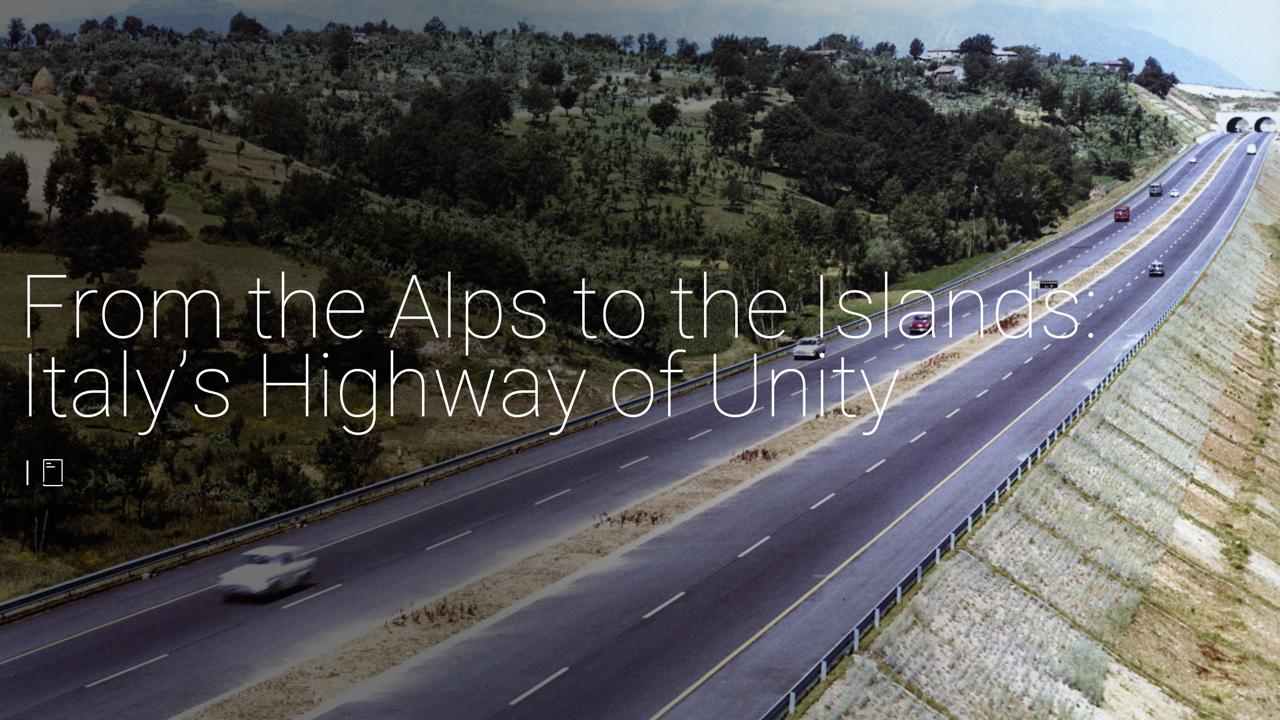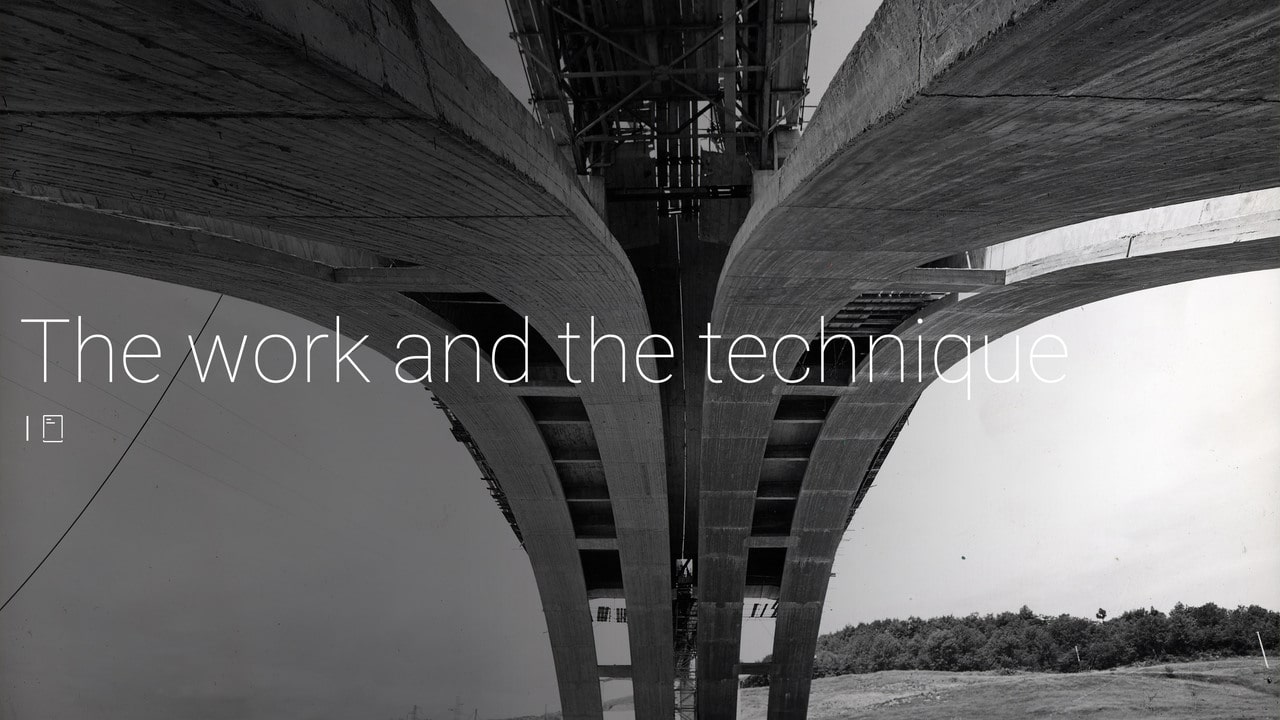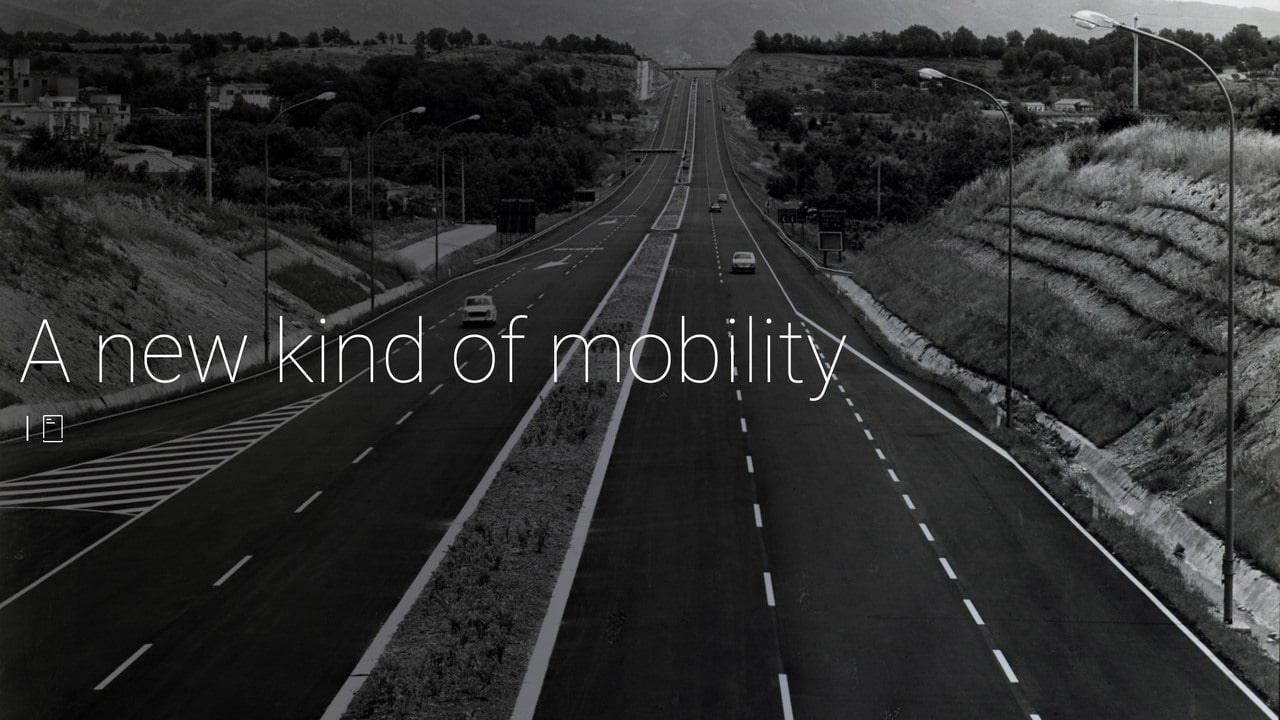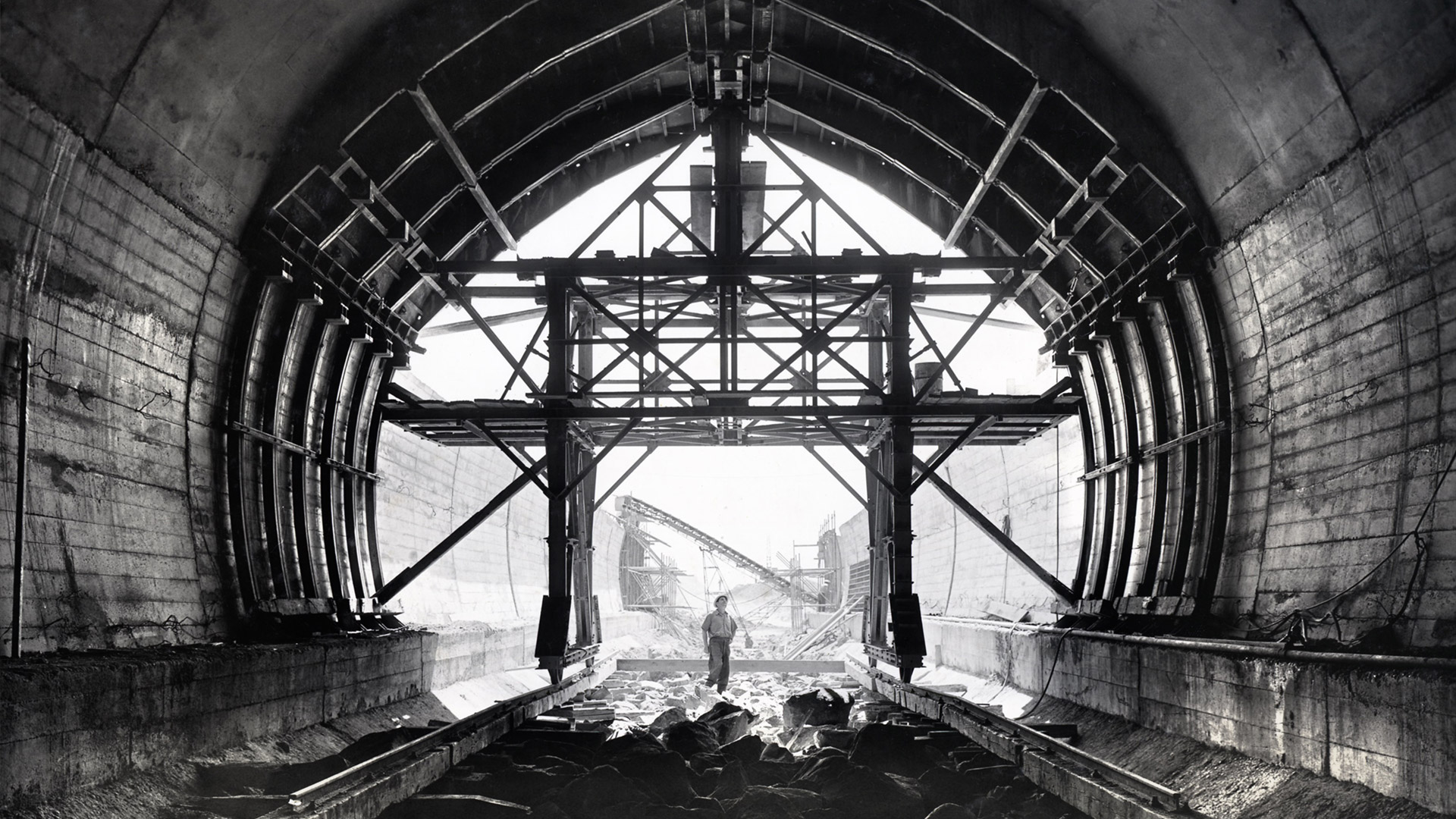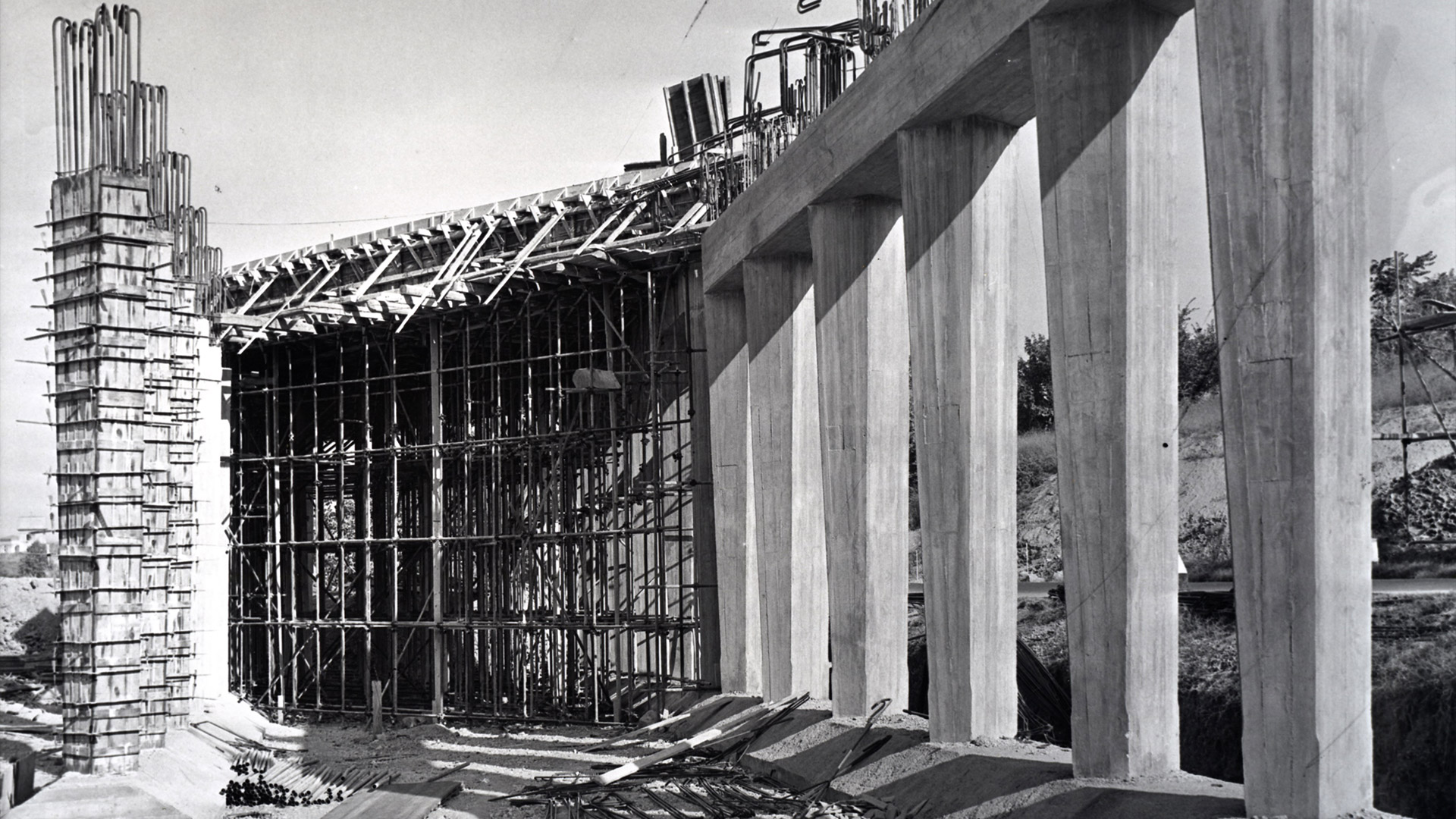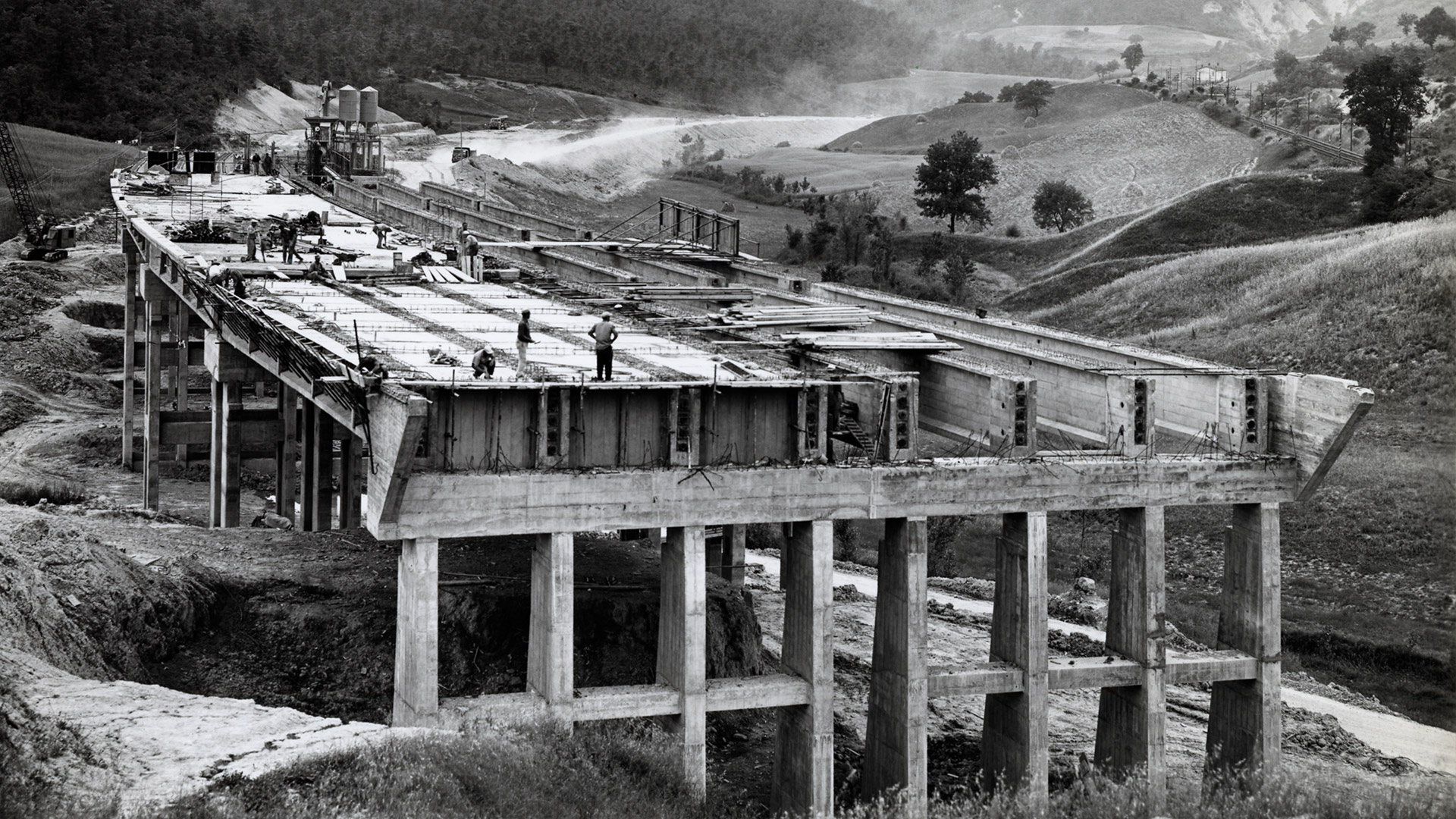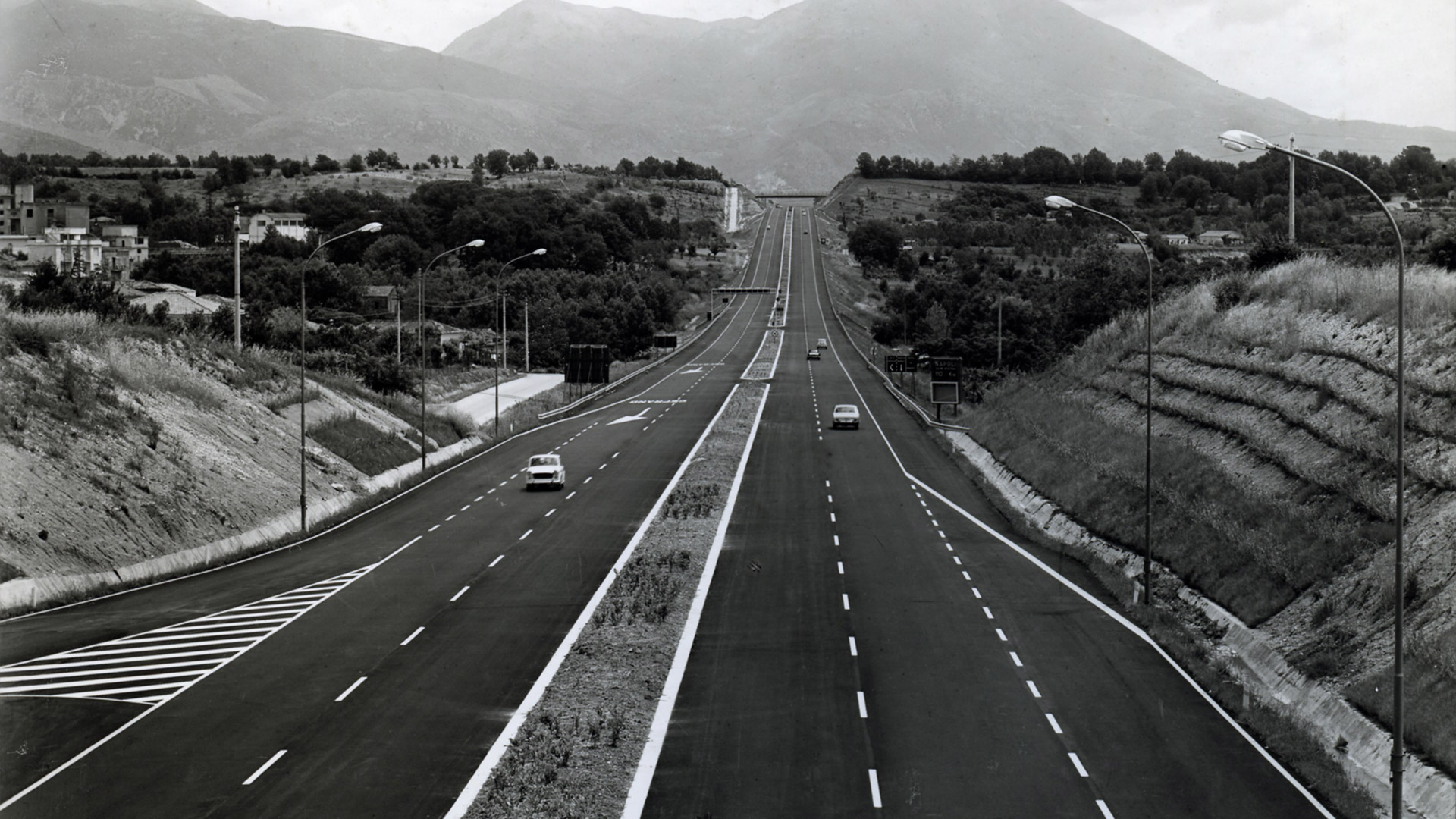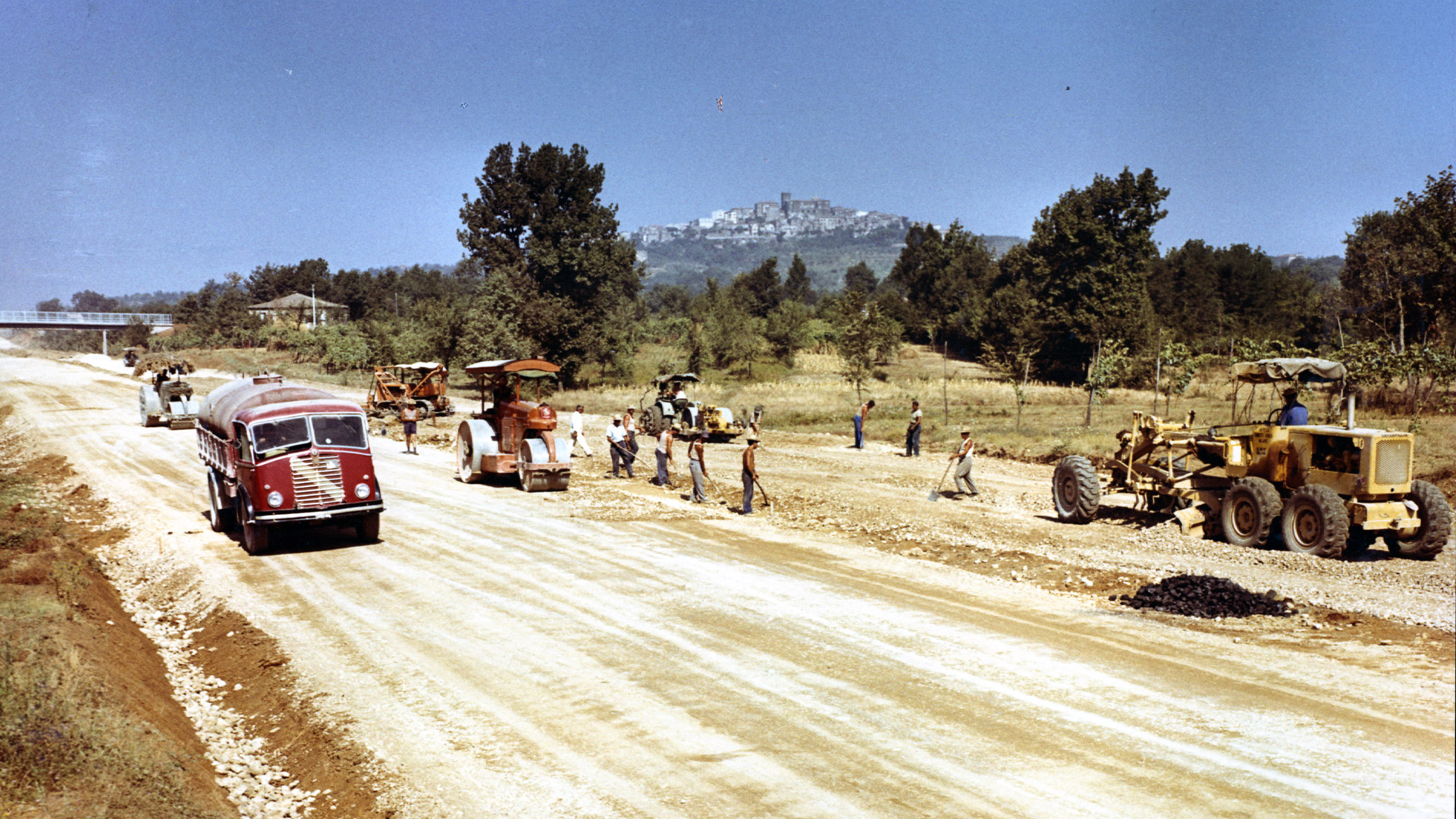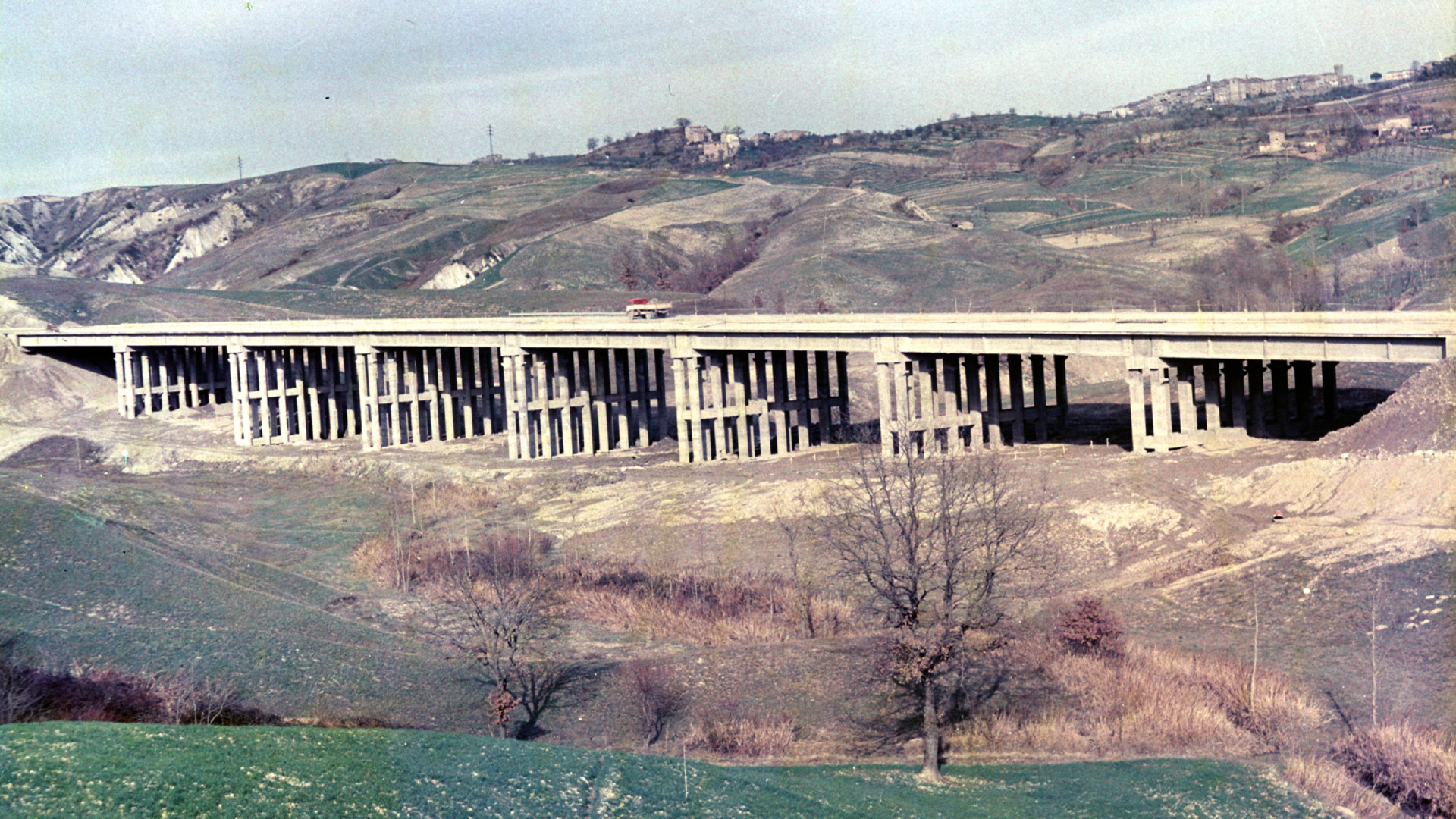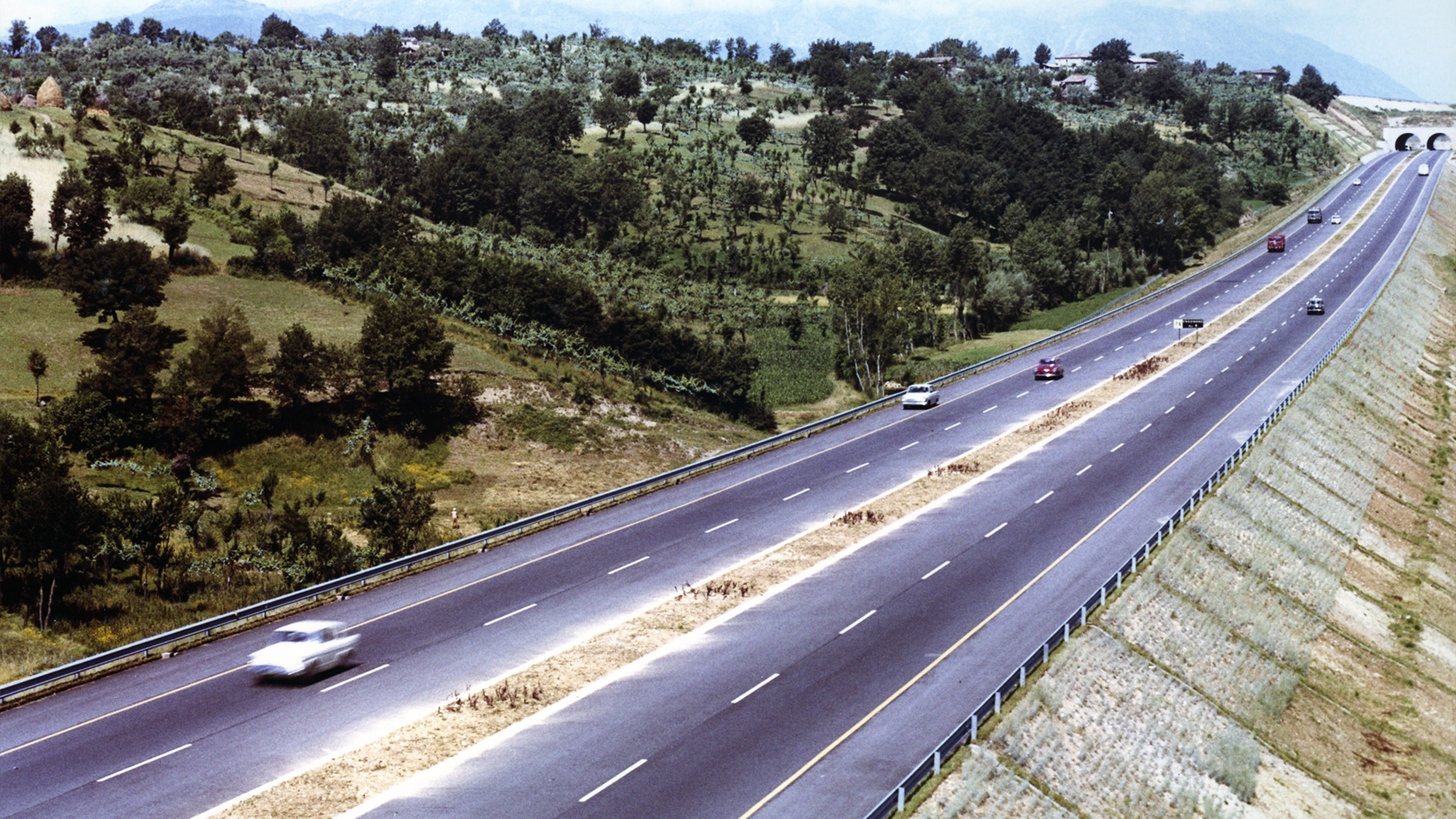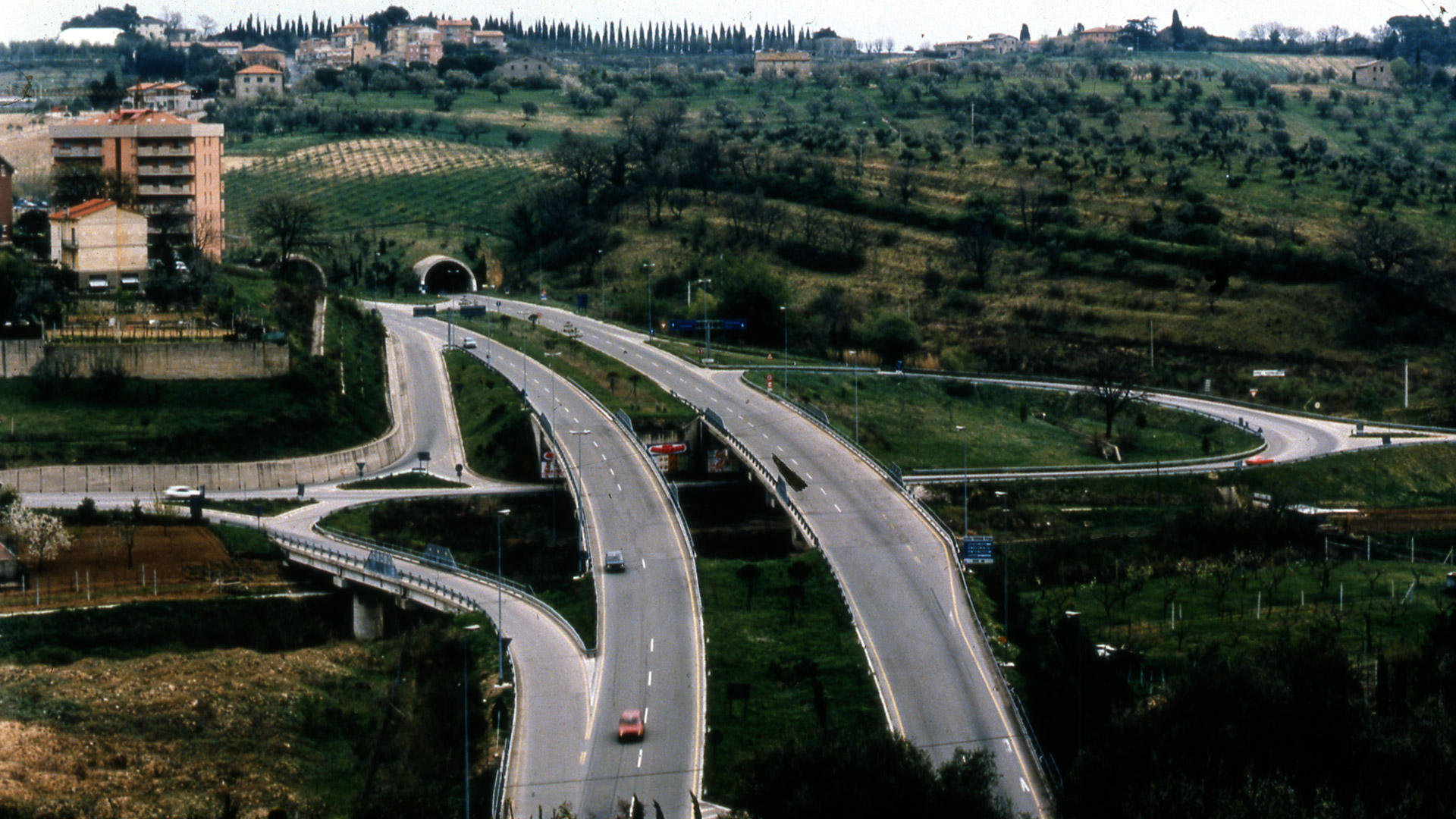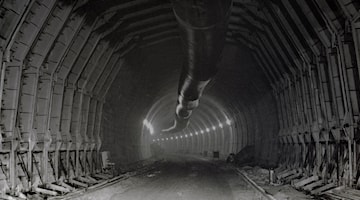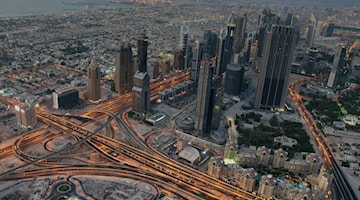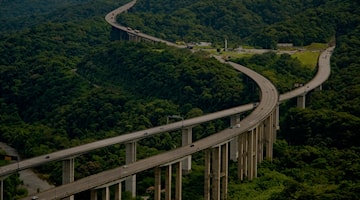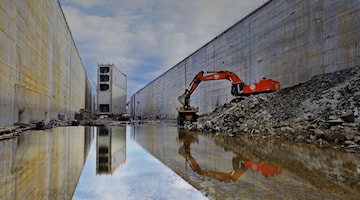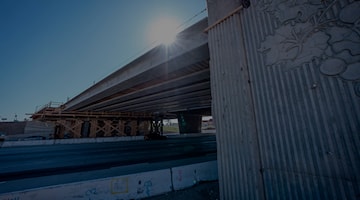A road that united Italy
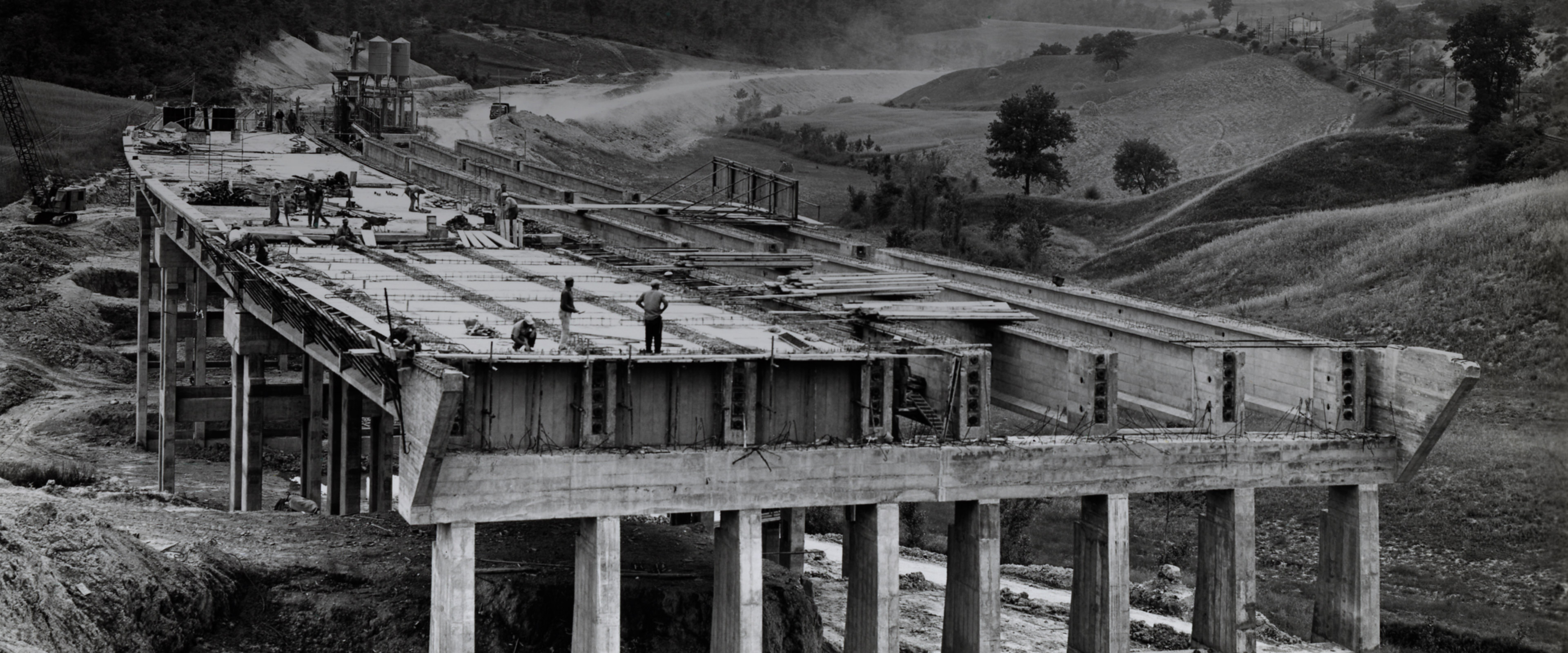
A1 MOTORWAY, ITALY
A leap year and a historical watershed, 1956 marked the beginning of the “short twentieth century.” It was the year of de-Stalinization, led by Nikita Khrushchev, and the Suez Canal crisis, which signaled the decline of two colonial giants: France and the United Kingdom.
In Italy, it was a golden chapter of the postwar economic miracle. The country danced to the rhythm of 45 rpm records, with Elvis Presley’s Heartbreak Hotel topping global charts. Homes filled with music and celebration, while Italian cinema triumphed: Anna Magnani won the Academy Award for Best Actress for The Rose Tattoo, and Grace Kelly married Prince Rainier of Monaco in a fairytale wedding.
That same year, engineer Dante Giacosa designed the Fiat 500—an icon of Italian ingenuity and a symbol of working-class emancipation. On May 19, 1956, Italy laid the foundation for its most ambitious infrastructure project: the Autostrada del Sole. Costing 300 billion lire, the highway was completed ahead of schedule and within budget. President Giovanni Gronchi placed the first stone in San Donato Milanese, and on October 4, 1964, under Prime Minister Aldo Moro, the ribbon was cut.
Spanning 760 kilometers, the Autostrada del Sole was a triumph of civil engineering. It required 15 million workdays and overcame formidable challenges, especially across the Apennines, where complex terrain demanded dozens of bridges and tunnels. Among the most notable was the 930-meter tunnel in Florence, part of Section 7b, built by companies that would later form the Webuild Group.
The first to travel the highway was President Antonio Segni, who cruised in the presidential Lancia Flaminia—an elegant vehicle designed by Pinin Farina in 1960 for Queen Elizabeth II’s visit to Italy. Only four models were ever produced.
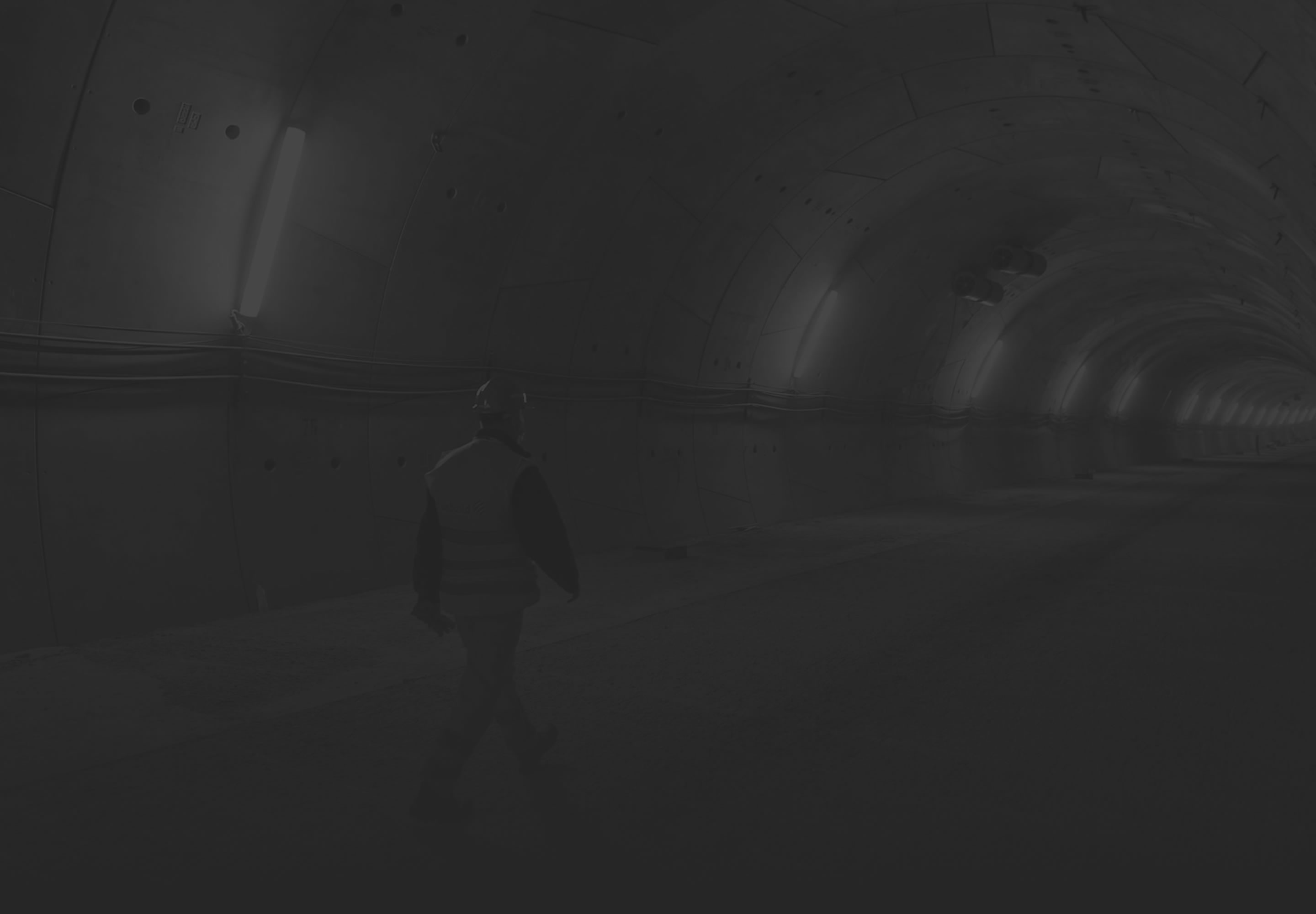
THE WORK AND THE TECHNIQUE
KM OVERALL LENGTH
BRIDGES AND VIADUCTS
SLIP ROADS
OVERPASSES
MILLION OVERALL WORKED DAYS
MILLION CUBIC METERS OF MASONRY AND CONCRETE
MILLION SQUARE METERS OF PAVING
TUNNELS ON TWO CARRIAGEWAYS
TUNNELS ON ONE CARRIAGEWAYS
IRI
Among the companies there were Lodigiani, Girola, Impresit that later became part of the Webuild Group
The construction of the Autostrada del Sole was entrusted to engineer Fedele Cova, CEO of Società Autostrade. The preliminary design and feasibility studies were carried out by SISI – Società Iniziative Stradali Italiane, a consortium jointly owned by Agip, FIAT, Italcementi, and Pirelli. SISI generously transferred the results of engineer Francesco Aimone Jelmoni’s studies to IRI. The final project was drafted by Italstrade.

CULTURAL INSIGHTS
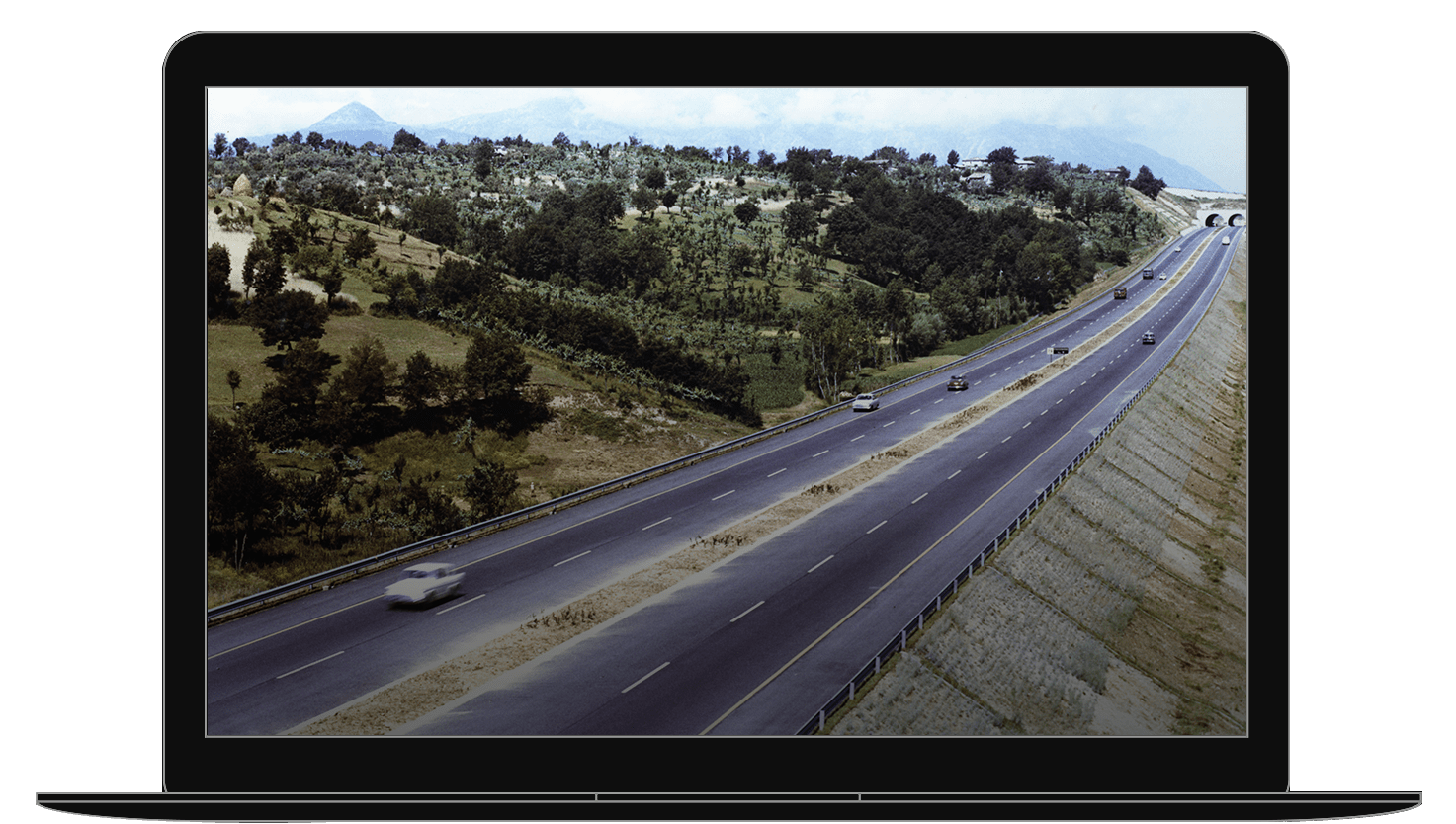
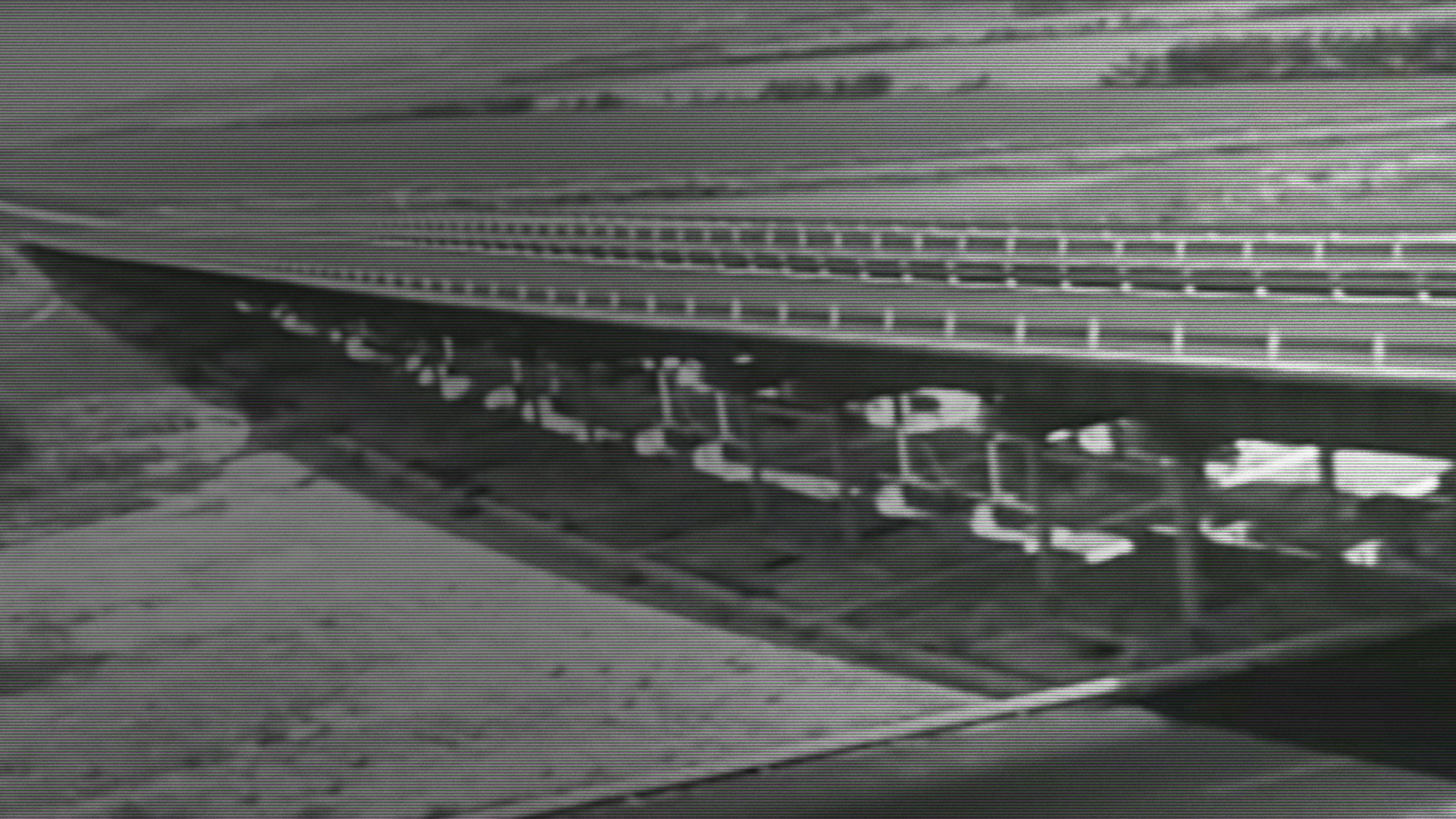
Dieci anni di Autostrade
1956-1966
We will be taken through the history timeline of the A1 construction,
through a period film by Autostrade per l'Italia S.p.a.

A New Mobility
What would our cities and roads look like today if the number of vehicles were the same as in 1956—the year the Fiat 500 was launched and construction began on the Autostrada del Sole—when the total number of vehicles was just over one-tenth of today’s figure, which now stands at around 60 million?
If we were to erase 9 out of every 10 parked cars and make 90% of the vehicles currently speeding along our roads disappear, we would begin to grasp just how profoundly Italian mobility has changed.
The Autostrada del Sole became the most striking symbol of a nation’s motorization - what engineer Francesco Aimone Jelmoni once called the country’s “spinal canal.”
In 1956, there were:
- 4,674,644 passenger cars
- 612,229 trucks
- 32,421 buses
In 2025, the numbers have grown to:
- About 41.3 million passenger cars
- 4.5 million light commercial vehicles
- About 1.5 million heavy industrial vehicles
- About 5.5 million motorcycles and quadricycles
- About 1.2 million buses, motorhomes, and other special vehicles
- About 6 million trailers and semi-trailers
A curious fact: in 2022, Italy held the second-highest record in Europe for cars per capita—755 vehicles per 1,000 inhabitants, just behind Luxembourg, which topped the list with 784.
million vehicles in circulation in 1956
million vehicles in circulation in 2025

Distances Shrink, Italians Come Closer
It’s impossible to talk about modernization and Italian identity without mentioning the Vespa and the Lambretta, the Settebello and the “trains of hope,” the Michelangelo and the Raffaello ocean liners, the ferries to the islands, the Alitalia fleet, the roar of Guzzi cargo bikes, the Alfa Romeo and Ferrari, the Fiat 500 and 600. These weren’t just technological innovations—they were instruments of social change, even before economic transformation.
Highways played a leading role in the process that, in just a few years, forever changed the way Italians understood distance, transport, time, work, and leisure. They marked the shift from an archaic road system—with travel times reminiscent of the 19th century—to the modern era of private mobility. They provided families, institutions, and businesses with an infrastructure network capable of shrinking the mental distance between periphery and center, north and south, development and underdevelopment, wealth and poverty.
The Autosole sums it all up: from Milan to Naples in about eight hours without any mandatory stops, whereas before its construction, the two-day journey between the cities required slowly passing through more than 100 towns.
You could also be interested in






